Actually, visiting Yokohama was not in our initial plan. But Kazu, our host living somewhere along the invisible border between Tokyo and Yokohama, insisted to show us the city of his childhood.
2.
We looked at the passengers with great interest. Without a doubt, they were interested in us too.
3.
Or maybe not. I guess they were too busy with their day-to-day duties. For us, it was our first time in Japan! For them - a regular October day.
4.
5.
When we got off at Yokohama, the fishermen have still not eaten their breakfast yet. But they were determined to have their food very fresh.
6.
In the first half of the 19th century, Yokohama was a quiet fishermen town. But then, in 1853, the faith of Yokohama and all of Japan was changed. Matthew Perry, an American ship captain, set foot in Yokohama and ordered Japan to open its ports for international trade. The Japanese agreed and Yokohama's port opened in 1859.
7.
Soon, Yokohama became a city bustling with traders and sailors from all over the world. Fearing the mixture of cultures, the Japanese were not allowed to live alongside the Europeans and North Americans. Special neighborhoods were built for the foreigners, but the temptation to exchange cultures was too great. It was then that the Japanese learned how to make ice cream and beer. The western-style architecture was also brought to Japan during those years.
8.
The old customs building is a good example of European architecture of the time.
9.
After the Europeans, came the Chinese.
10.
They also brought their food with them. In October, grilled chestnuts were a hit.
11.
Currently, Yokohama is the city with the largest Chinese population outside of China. And the Yokohama's Chinatown is the cleanest Chinatown I've ever seen!
12.
13.
Kazu explained that due to a recent conflict between Japan and China because of some disputed islands, the Japanese don't visit Chinatown all that often anymore.
14.
I had trouble believing that any conflict is possible between China and Japan after a saw this.
15.
After our walk through Chinatown, we got ourselves a little snack at a local "combini" (condensed version of "convenience store"). I immediately fell in love with these stores. First of all, there is always a microwave and hot water available. So if you want to buy instant noodle soup, you can prepare it on the spot! Second, there were so many unusual foods. I really enjoy visiting grocery stores during trips. It's always interesting to see what the country offers to the average citizen.
From then on, a cup of hot miso and onigiri (stuffed rice ball wrapped in dried seaweed) became for us a regular component of our breakfast, and, sometimes, lunch.
16.
We ate the food we bought on the Osanbashi (whale's back) pier where cruise liners come to dock (Google map).
17.
18.
The comparison with a whale is even more obvious on the inside.
19.  (picture source)
(picture source)
 (picture source)
(picture source)
In fact, this pier is the oldest in Yokohama. However, it was damaged by an earthquake in 1923 and by bombs during the second world war. It was only in 2002 that the pier was rebuilt.
20.
It's very fortunate that it has been rebuilt, because it offers some of the best views of Minato Mirai (Port of the future 21st century) built for the 1989 international exhibition.
21.
The most prominent building - Yokohama landmark tower - is the tallest building in Japan (Tokyo skytree is taller, but it's not considered a building). Also, the digital clock on the Ferris wheel are the largest in the world.
22.
Kazu warns us that a large group of Japanese children are coming our way.
23.
24.
Once the children saw us, they all started yelling "Haro, haro!" incapable of pronouncing the "l" sound. We also replied "Haro!"
25.
Close to Osanbashi is the Yamashita park (Google map) built from building debris collected after the earthquake of 1923.
26.
In front of it, stands the Hikawa Maru ship (Google map). It was a floating hospital during the second world war. After its commission in 1961? it served as a youth hostel!
27.
More students on a filed trip! When do they ever study!?
28.
There's a place they didn't get to yet!
29.
Although we did enjoy our walk with Kazu, I wouldn't say that Yokohama is a "must see" destination. It's nice, no offense, but nothing exceptional.
30.
Thanks for watching! The next report will be about our visit to Kamakura.

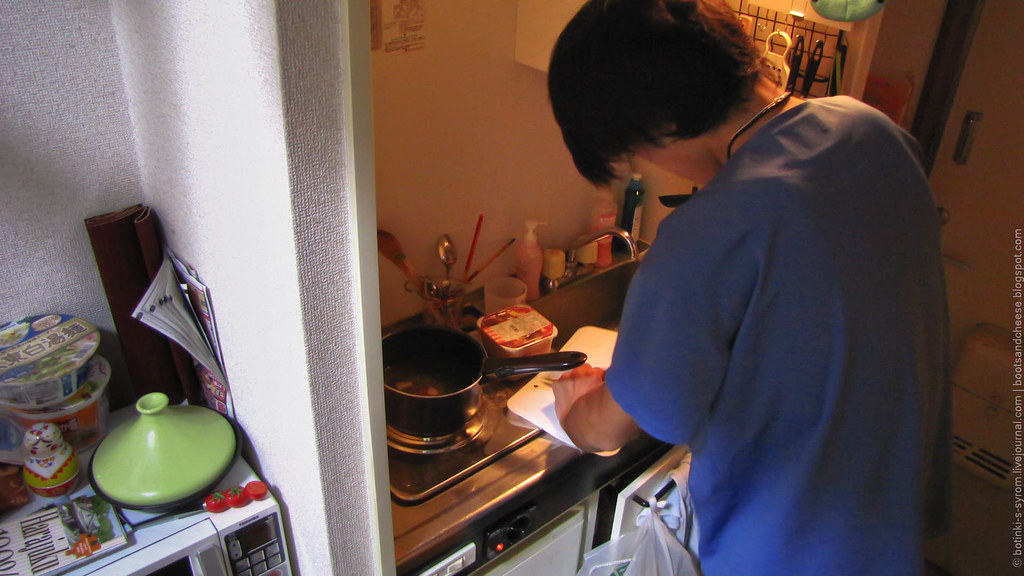
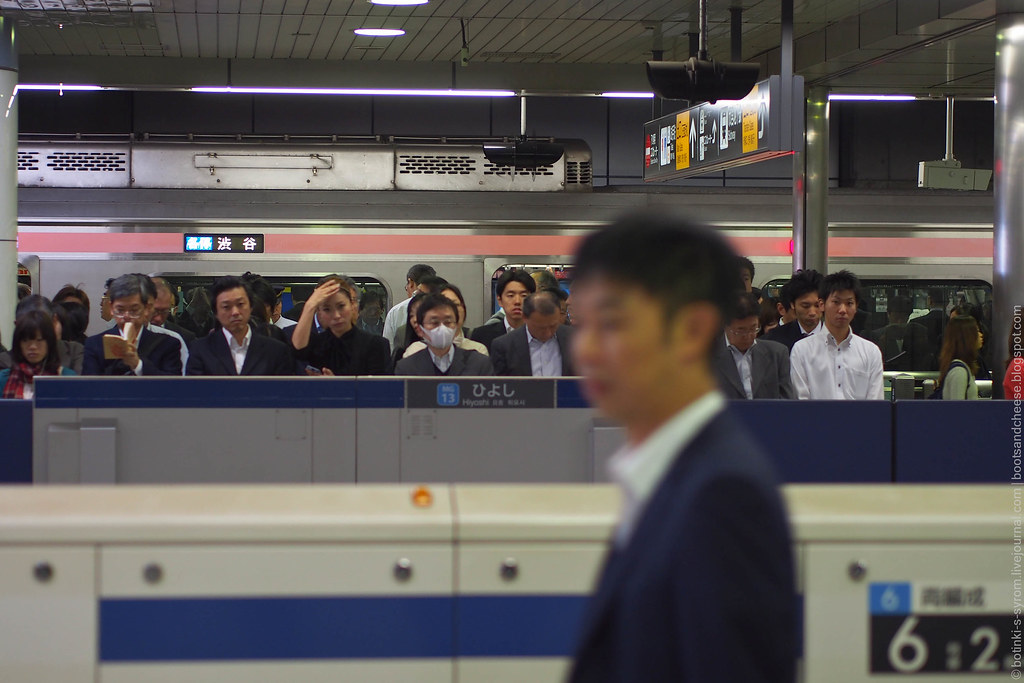

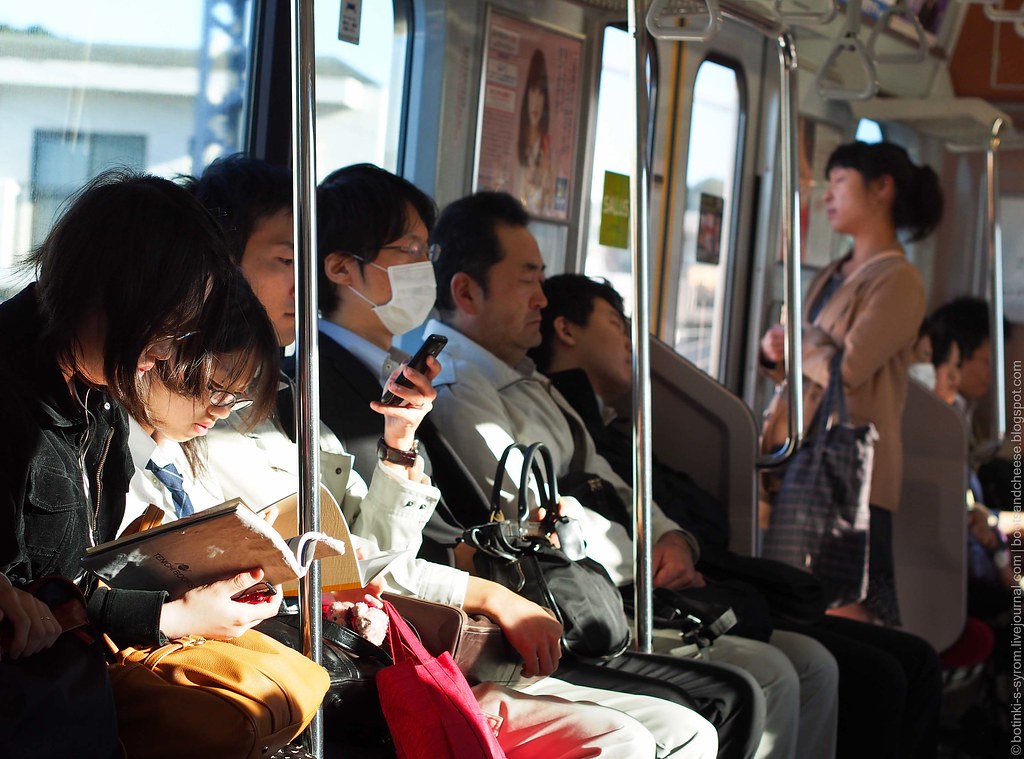

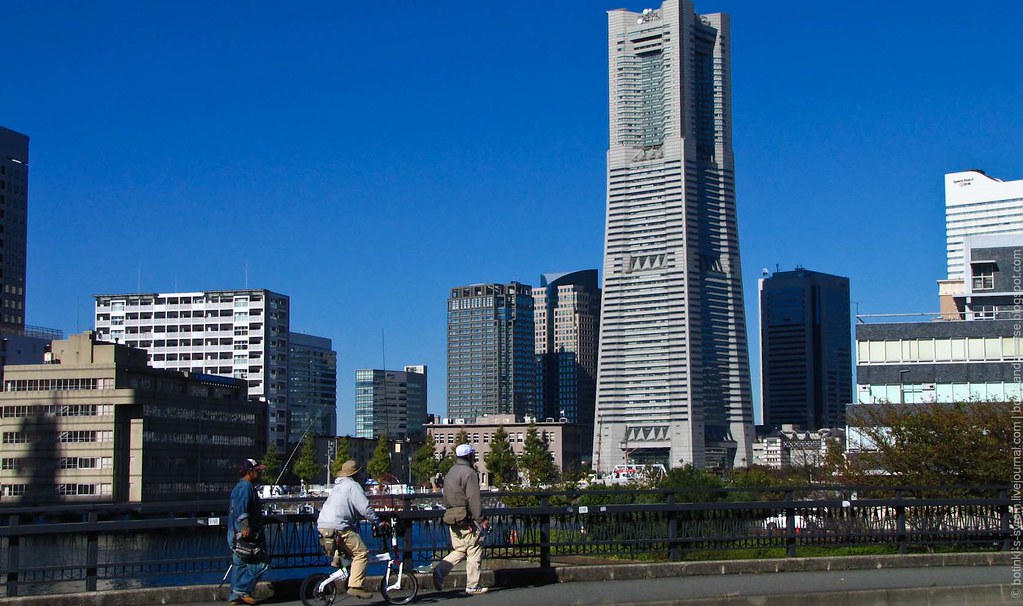
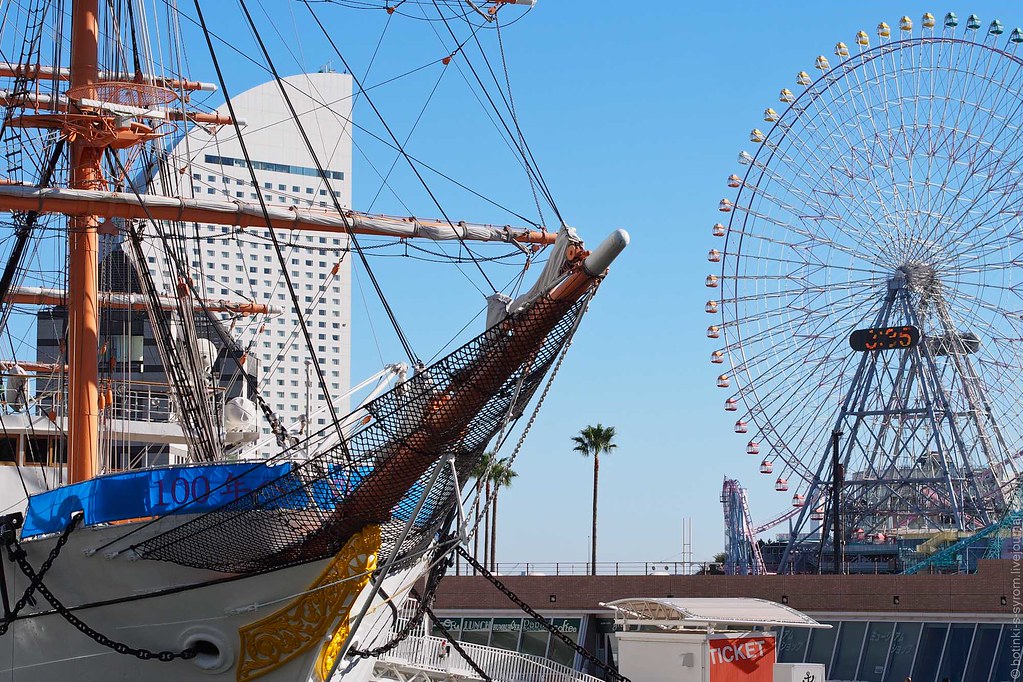

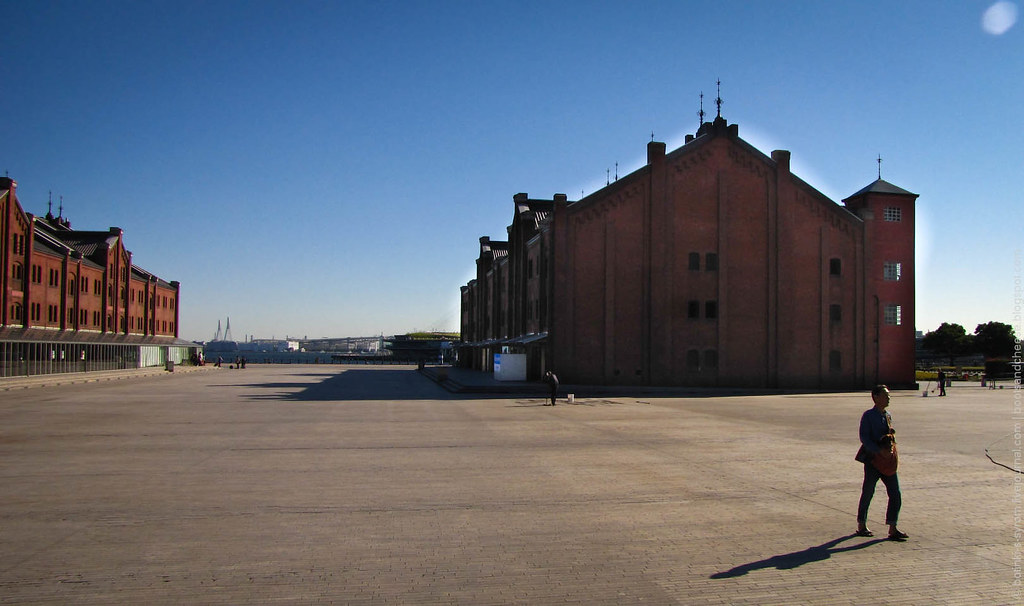
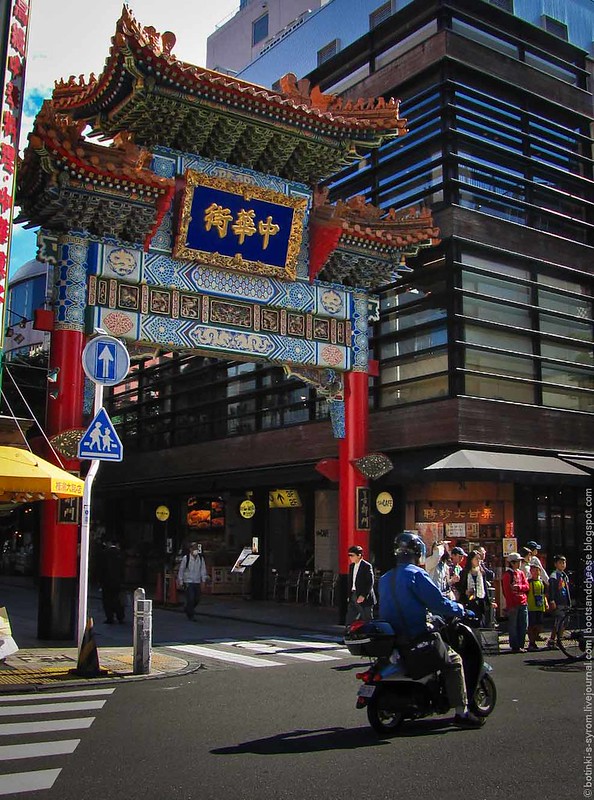
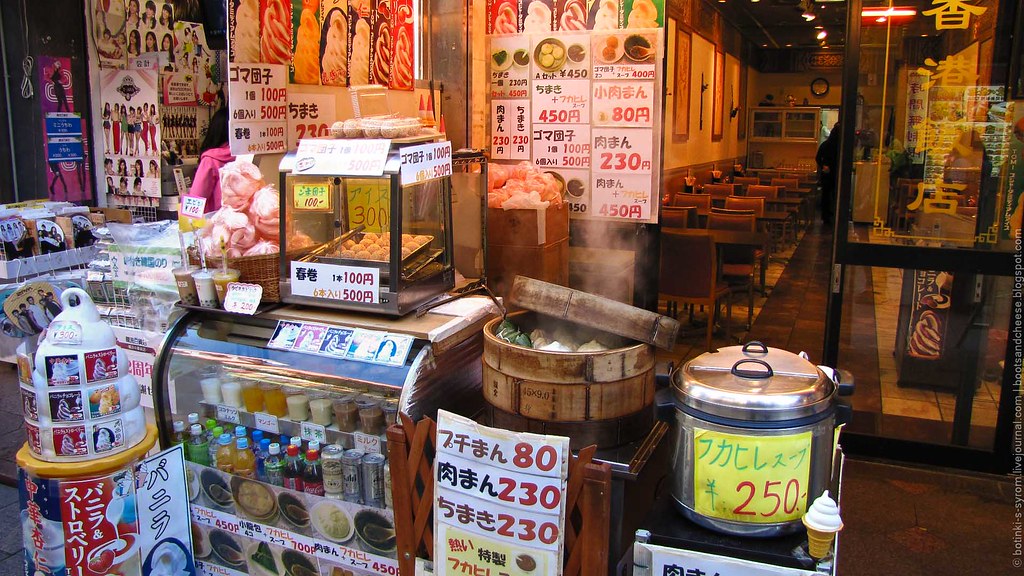
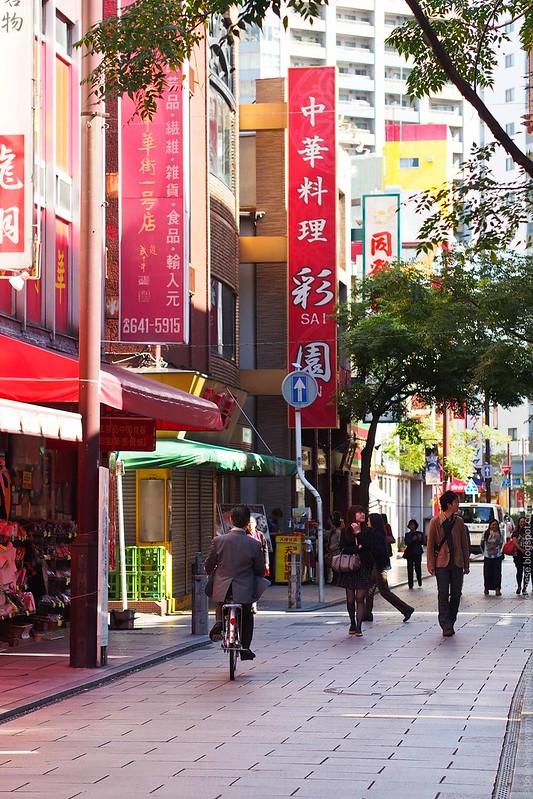

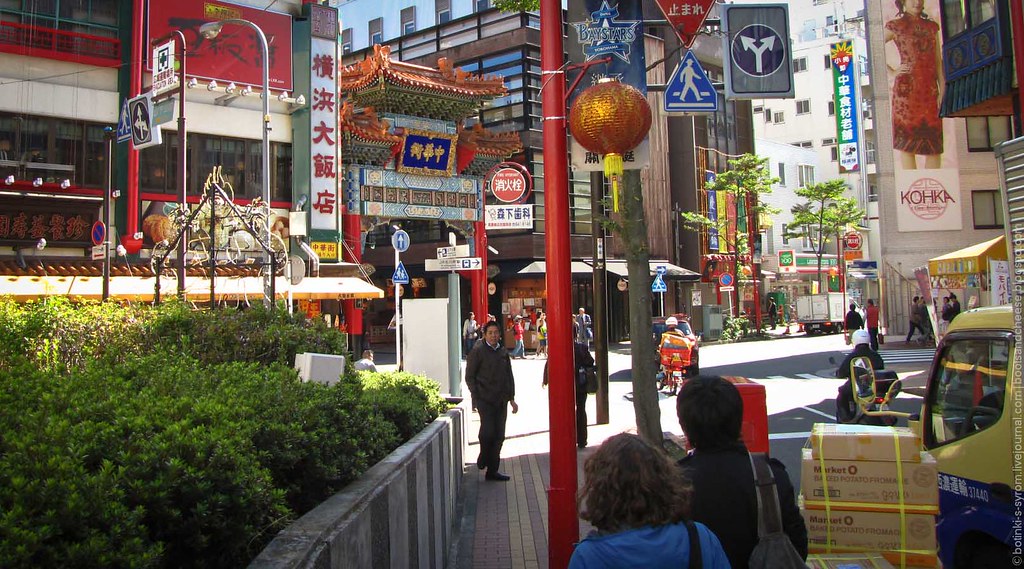

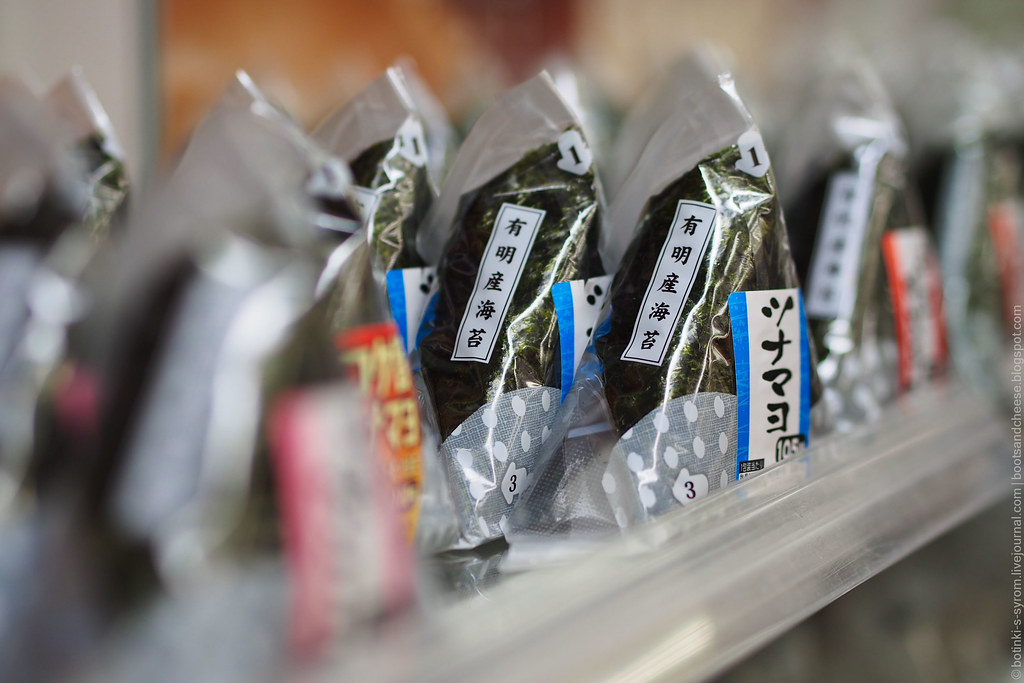
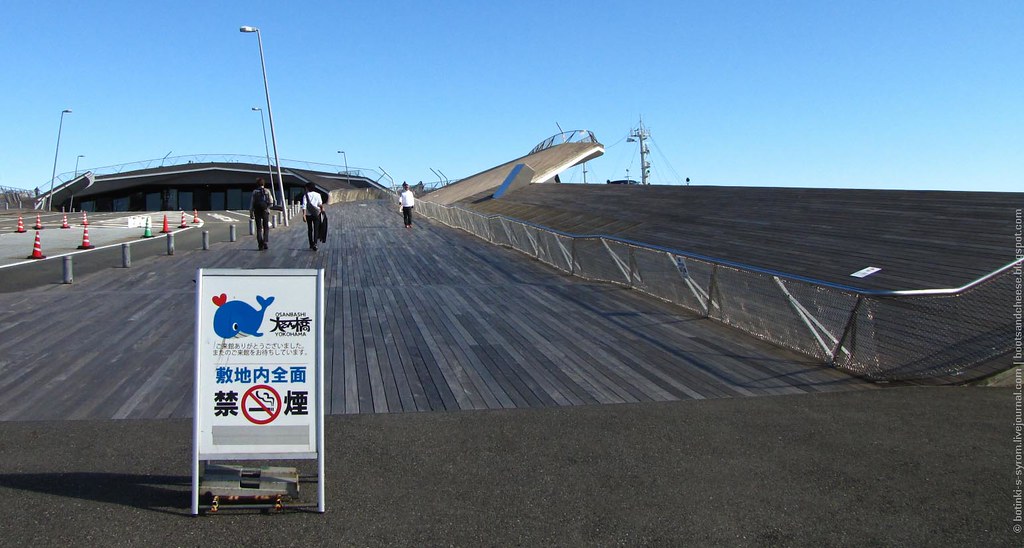
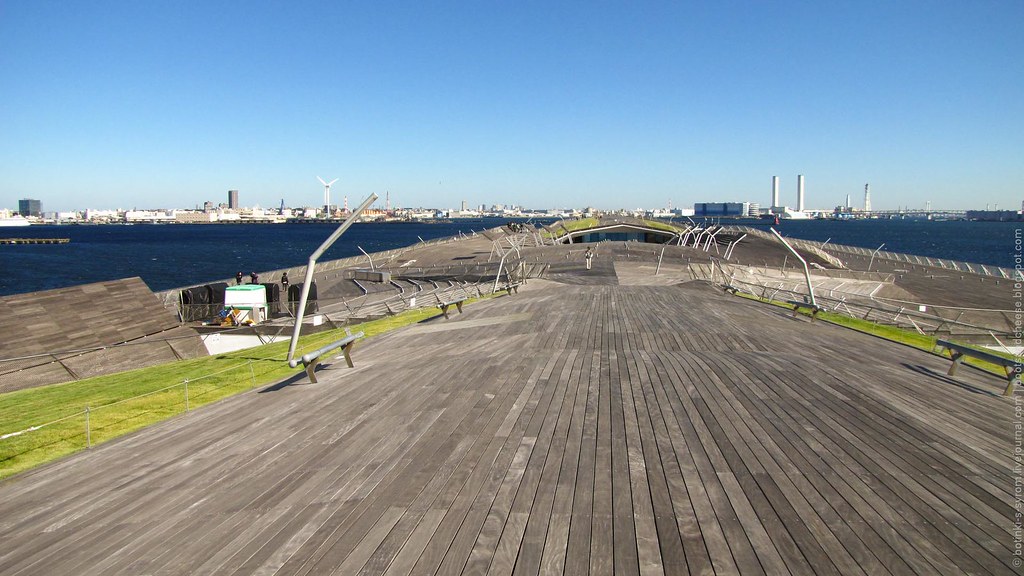
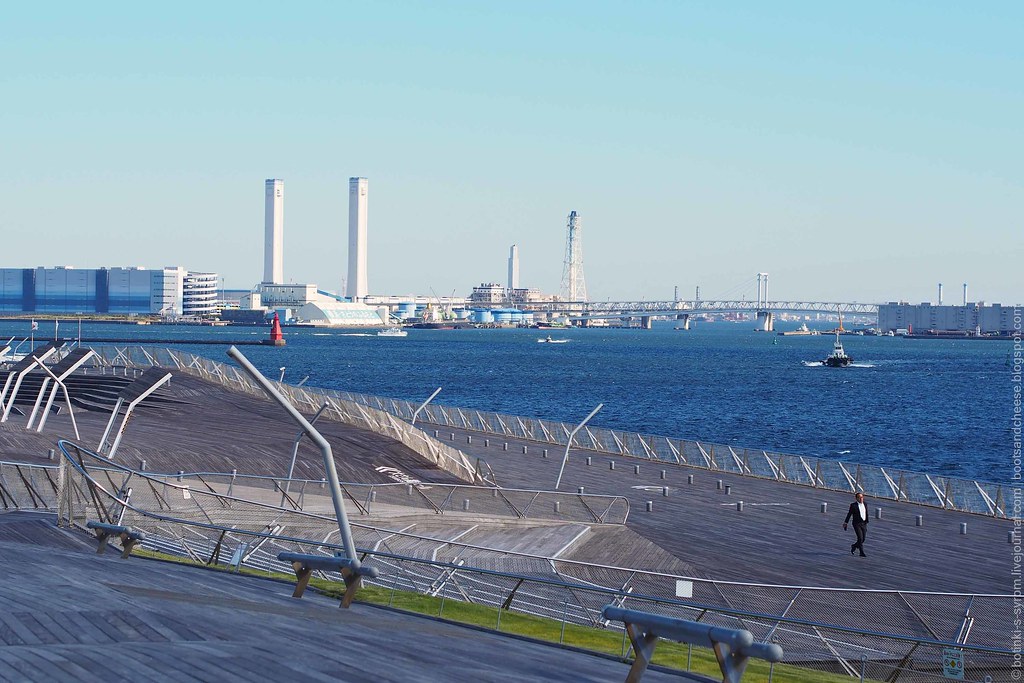
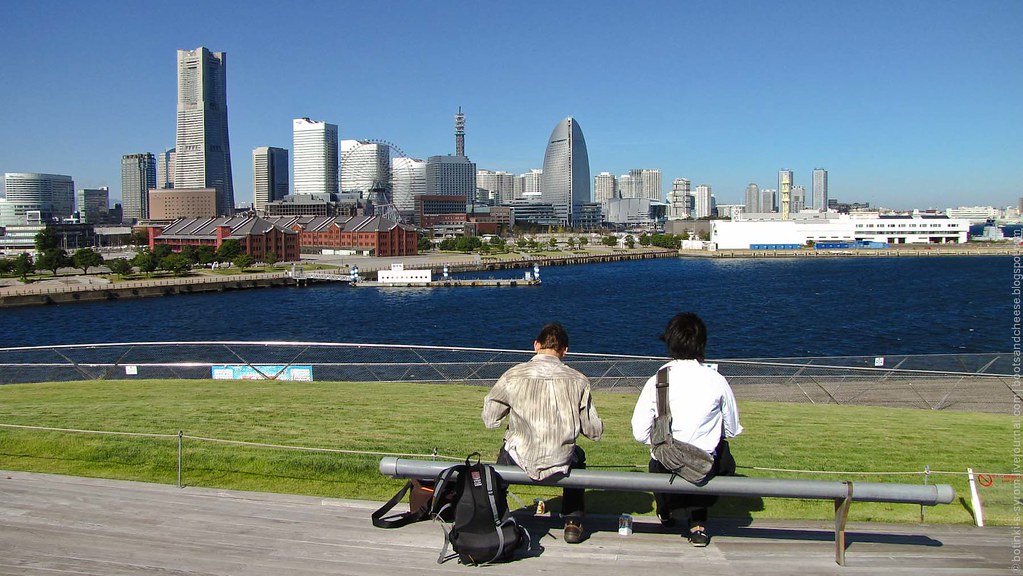
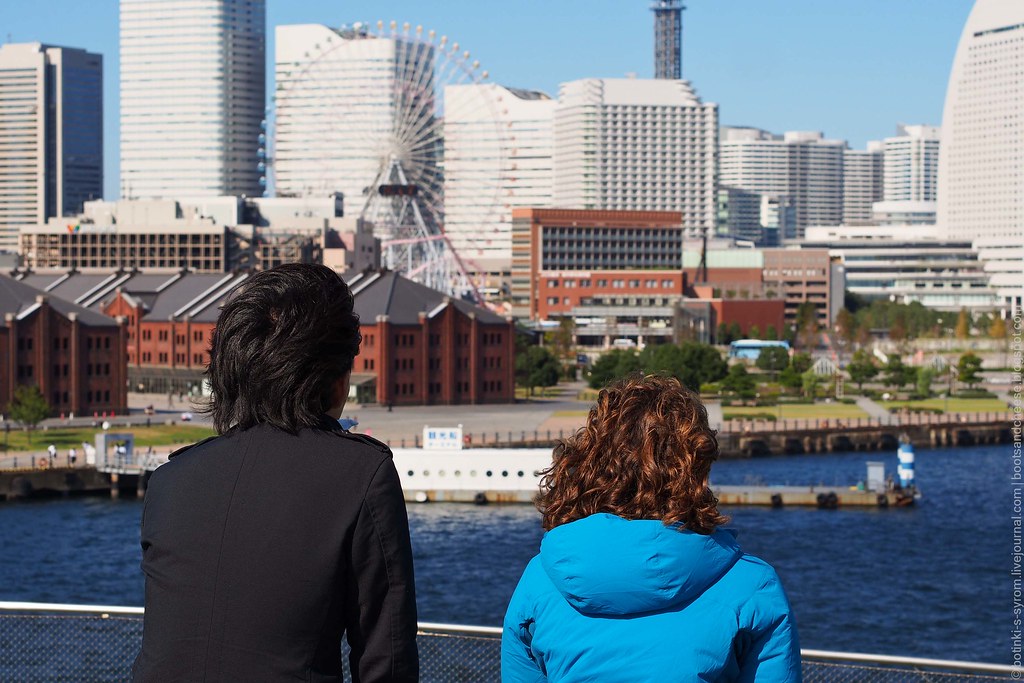

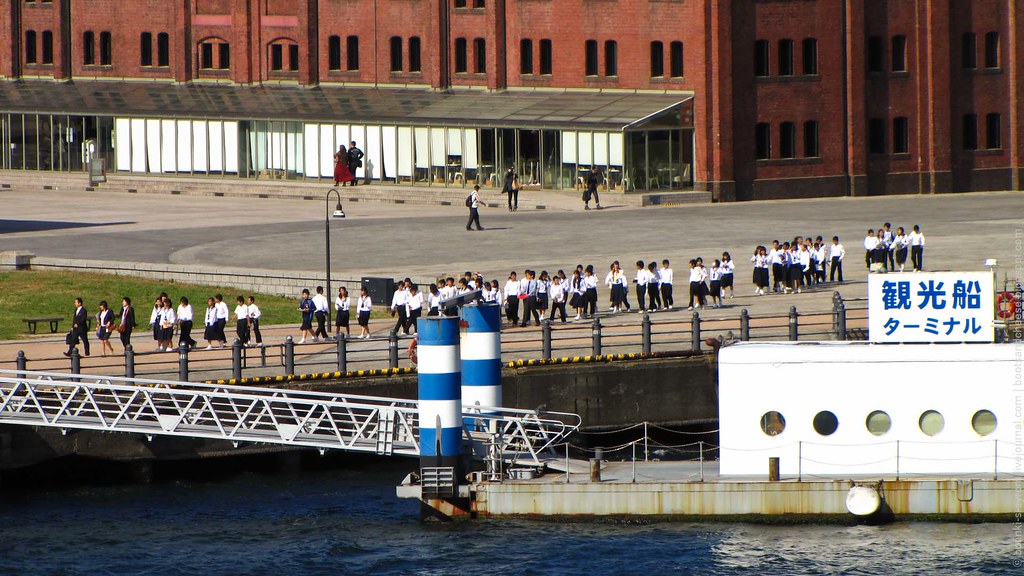

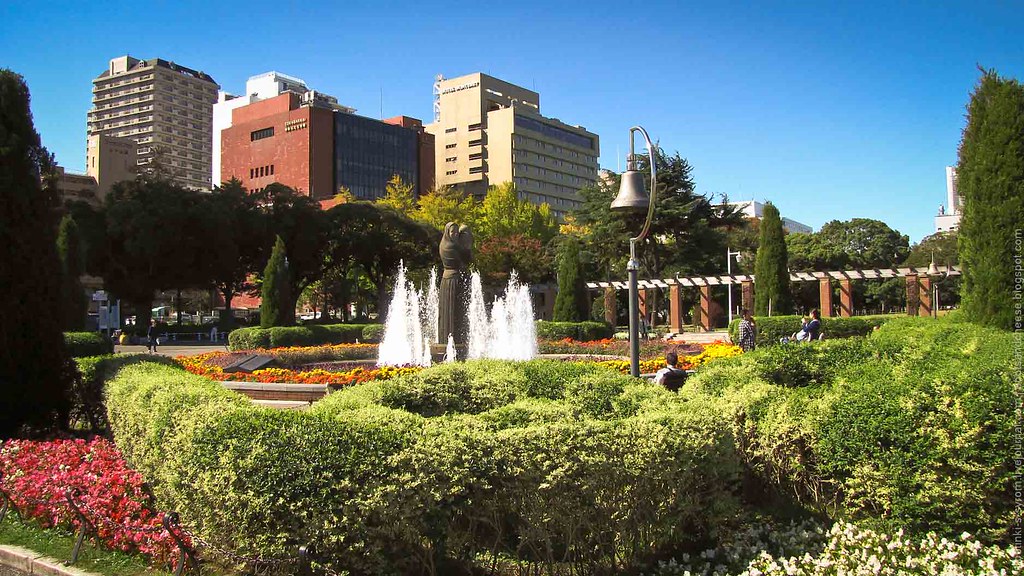
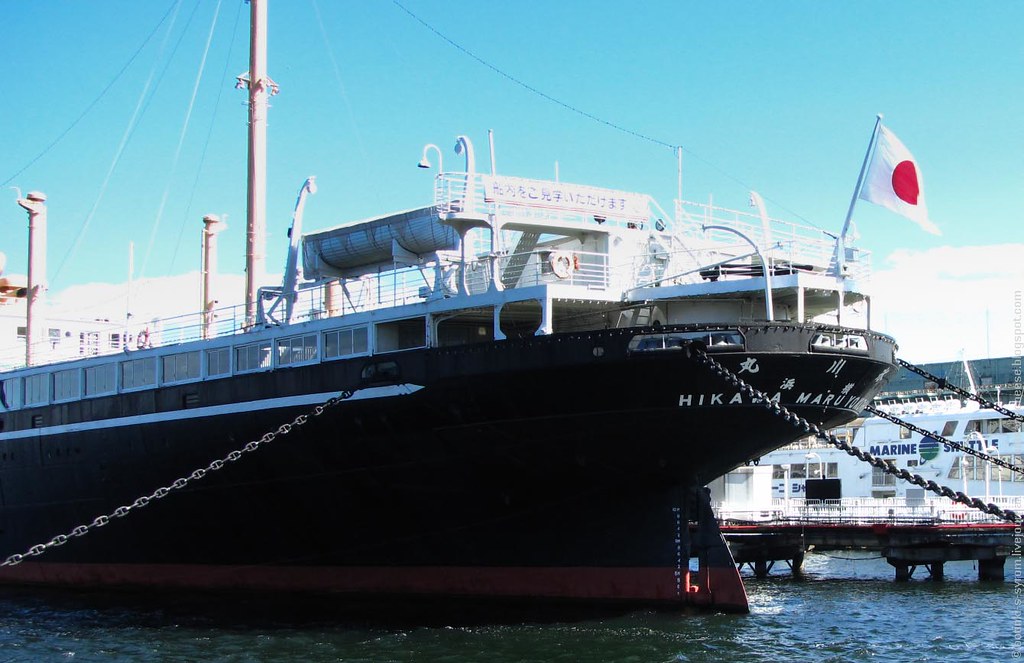


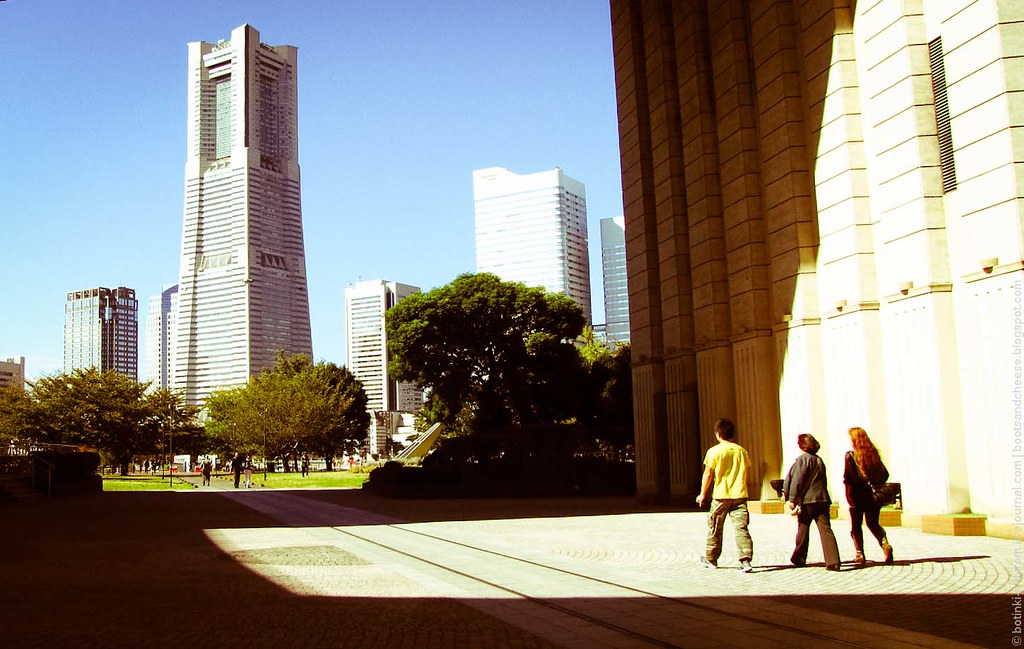

No comments :
Post a Comment